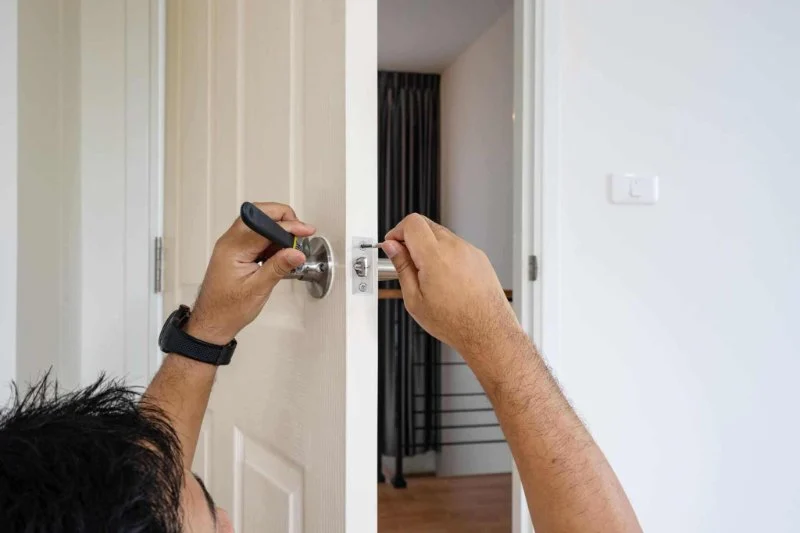
- What Is Lock Spoofing?
- How Lock Spoofing Can Compromise Your Home
- Common Signs of Lock Spoofing
- Expert Locksmith Tips for Preventing Lock Spoofing
- Upgrading Your Home Security to Prevent Spoofing
What Is Lock Spoofing?
Lock spoofing is a technique used by criminals to bypass traditional lock mechanisms without leaving any physical signs of tampering. This method involves using sophisticated tools or technology to deceive the lock mechanism into thinking the correct key has been inserted, allowing unauthorized access to a home or property. The concept of lock spoofing is closely related to "lock bumping," where a specially designed key is used to manipulate the pins inside a lock and unlock it without a key.
In today’s digital world, lock spoofing is becoming more prevalent, particularly with the rise of smart locks and electronic entry systems. Although these locks offer greater convenience, they can also be vulnerable to cyber-attacks or digital spoofing techniques. Understanding what lock spoofing is and how it works can help homeowners take proactive steps to secure their properties.
How Lock Spoofing Can Compromise Your Home
Lock spoofing poses a serious security risk to your home. Unlike traditional burglary methods, where thieves may have to break in or force entry, lock spoofing allows intruders to bypass locks without causing any noticeable damage. This makes it especially dangerous because homeowners may not even realize their home has been compromised until it’s too late.
With modern lock systems becoming more advanced, it’s easy to overlook potential vulnerabilities. Smart locks, for example, can be hacked through weak security protocols or exploited using techniques that spoof the lock’s communication signals. This means even if you have a state-of-the-art system, your home might still be at risk if proper security measures are not followed.
Common Signs of Lock Spoofing
Identifying whether your home has been targeted by lock spoofing can be tricky, as it often doesn’t involve obvious signs of forced entry. However, there are some common signs to look out for:
1. Unexplained Lock Malfunctions
If your locks start malfunctioning or exhibit unusual behavior, such as not locking properly or unlocking unexpectedly, it may be a sign that someone is attempting to spoof the system. Even if your lock appears to be working fine, it’s always a good idea to check the internal components to ensure they’re intact.
2. Increased Unauthorized Access Attempts
Another sign of lock spoofing is an increase in unauthorized access attempts. If you notice that there are more attempts to enter your home during odd hours, even though you haven’t experienced a break-in, your locks may be vulnerable to spoofing techniques.
3. Unfamiliar Digital Activity
For those with smart locks, monitor any unfamiliar digital activity associated with your locks. This can include login attempts, unfamiliar devices connecting to your lock, or unusual entries in your access logs. These are all red flags indicating someone may be attempting to spoof your system.
Expert Locksmith Tips for Preventing Lock Spoofing
To protect your home from lock spoofing, here are expert locksmith tips to consider:
1. Upgrade to High-Security Locks
One of the best ways to prevent lock spoofing is by upgrading to high-security locks. These locks are designed with advanced anti-picking, anti-bumping, and anti-spoofing features that make them much more difficult to bypass. High-security locks typically use unique keyways or have additional internal mechanisms that prevent unauthorized access.
2. Opt for Smart Locks with Strong Encryption
If you prefer using smart locks, ensure that they use strong encryption methods to protect against digital spoofing. Look for locks that employ secure protocols like AES (Advanced Encryption Standard) and have two-factor authentication to prevent unauthorized access. Always update the firmware of your smart locks to ensure they are protected against the latest vulnerabilities.
3. Install an Additional Layer of Security
Installing additional layers of security, such as deadbolts or security cameras, can help deter potential burglars from attempting to spoof your locks. Deadbolts add an extra barrier to entry, and security cameras help monitor any suspicious activity around your home, providing you with peace of mind.
4. Regularly Inspect and Maintain Your Locks
Routine maintenance and inspection of your locks are essential to keep them functioning properly. Check for any signs of wear and tear, and lubricate the locks regularly to ensure they’re in optimal condition. If you notice any issues with your locks, such as difficulty turning the key or misalignment, address them promptly before they become a security risk.
5. Work with a Trusted Locksmith
Always work with a reputable locksmith who can offer advice on the best security solutions for your home. A skilled locksmith can help assess your current lock system, identify any vulnerabilities, and recommend upgrades to improve your home’s security. If you suspect that your locks may have been spoofed, a professional locksmith can inspect the system and recommend corrective action.
Upgrading Your Home Security to Prevent Spoofing
To fully protect your home from lock spoofing, it’s important to consider upgrading your entire home security system. Here are a few upgrades to consider:
1. Home Security Systems with Smart Integration
Integrating your locks with a smart home security system allows you to monitor and control access to your home remotely. Many of these systems include alerts for unauthorized access attempts, video surveillance, and automated locking and unlocking features that make it easier to protect your property.
2. Motion-Activated Lights and Sensors
Motion-activated lights and sensors around your home’s entry points can deter intruders by drawing attention to their presence. Coupled with a robust lock system, these sensors help you keep an eye on activity around your property, making it less likely that a potential intruder will attempt lock spoofing.
By taking these steps to secure your locks and property, you can significantly reduce the risk of lock spoofing. To learn more about home security and find the best locksmith services, visit Locksmith Finder for expert recommendations on the best security solutions for your home.



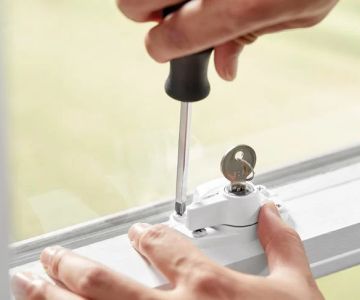
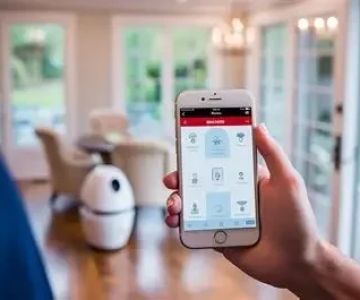

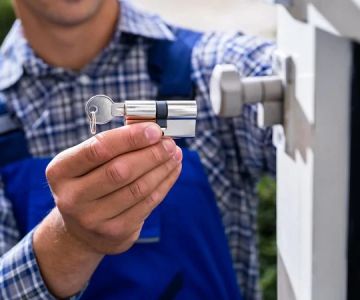
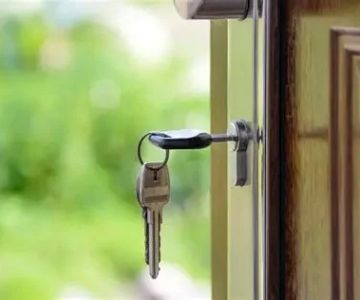

 KeyMe Locksmiths4.0 (16 reviews)
KeyMe Locksmiths4.0 (16 reviews) KeyMe Locksmiths4.0 (8 reviews)
KeyMe Locksmiths4.0 (8 reviews) KeyMe Locksmiths5.0 (1 reviews)
KeyMe Locksmiths5.0 (1 reviews) Minute Key4.0 (7 reviews)
Minute Key4.0 (7 reviews) First response locksmith4.0 (44 reviews)
First response locksmith4.0 (44 reviews) Minute Key0.0 (0 reviews)
Minute Key0.0 (0 reviews) Locksmith Advice: How to Avoid Lock Scams and Fraud
Locksmith Advice: How to Avoid Lock Scams and Fraud How to Secure Your Fence Gate: Locksmith Solutions for Maximum Protection
How to Secure Your Fence Gate: Locksmith Solutions for Maximum Protection The Risks of Using Locksmith Services Without Proper Identification | Locksmith Finder
The Risks of Using Locksmith Services Without Proper Identification | Locksmith Finder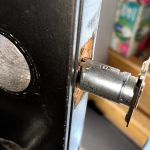 Importance of Installing a Smart Lock on Your Garage Door
Importance of Installing a Smart Lock on Your Garage Door How to Secure Your Dog Kennel: Locksmith Solutions
How to Secure Your Dog Kennel: Locksmith Solutions How to Protect Your Home from Lock Fraud: Locksmith Tips
How to Protect Your Home from Lock Fraud: Locksmith Tips